Anyone who ever doubted that great new designs dramatically boost sales of existing cars needs to study the extraordinary exploits of Peter Schreyer, winner of this year’s Sturmey Award, Autocar’s premier annual accolade for innovation.
A decade ago, Schreyer, then the high-flying design boss of Volkswagen, shocked the car world by moving to little-fancied Kia with an open brief to improve the look and function of its cars by completely overhauling their design.
Autocar Awards - the 2017 winners
Autocar Awards 2017 in pictures
Jaguar Land Rover's Ralf Speth wins Issigonis Trophy
Back then, Kia was making honest but unstylish models that hardly ever went wrong but sold slowly because buyers looked past them at more eye-catching brands. After extensive research, the Hyundai-Kia group’s famously cautious bosses decided there was an opportunity to reboot Kia as a ‘design’ company and set out to attract the best talent they could find.
In the first few years, while Schreyer’s new broom was finding momentum, Kia’s sales figures improved steadily as better cars came down the pipeline, without pulling up any trees. But the arrival of the first truly all-Schreyer model, the third-generation Kia Sportage of 2010, created an unprecedented tidal wave of interest.

Demand for the new car, as widely admired for its new brand of modern practicality as for its eye-catching styling, instantly hit the stratosphere. Buyers suddenly didn’t care about the brand; they just wanted a family SUV that looked as good as this. The model posted record worldwide sales of 433,000 in 2014, more than double the 190,600 its predecessor had posted five years earlier.

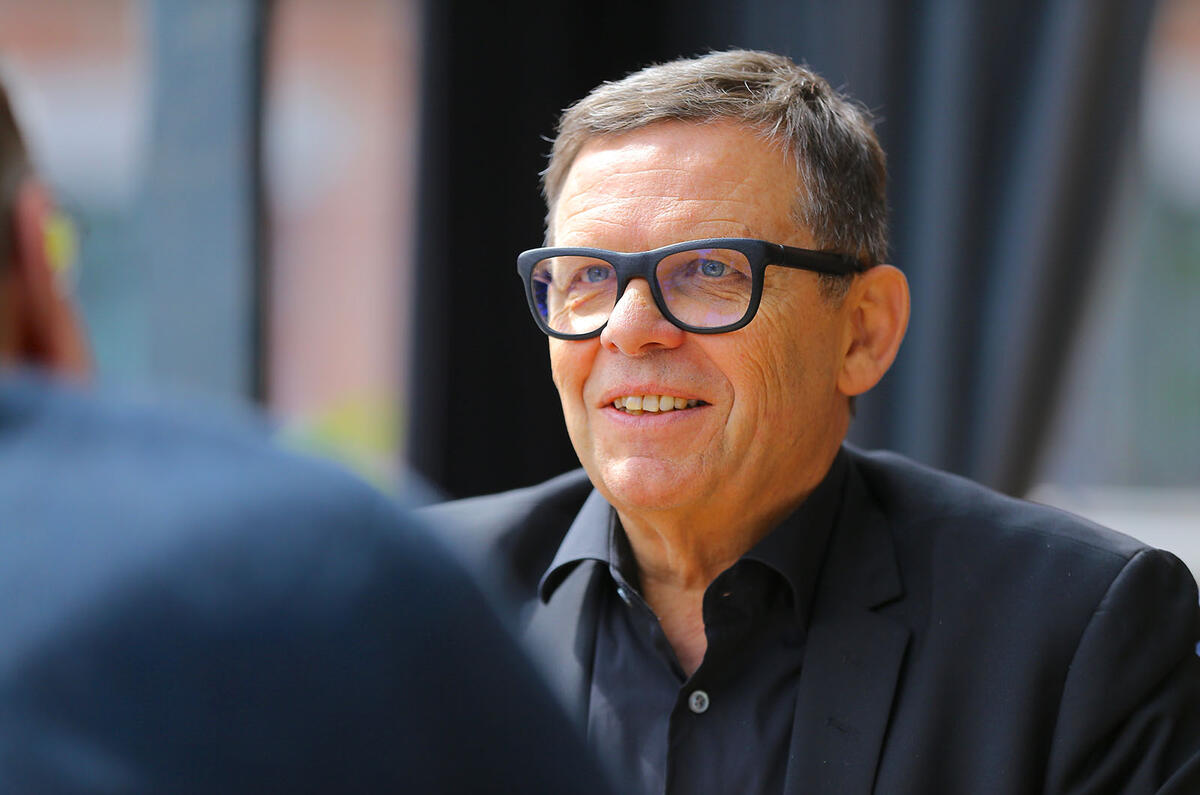
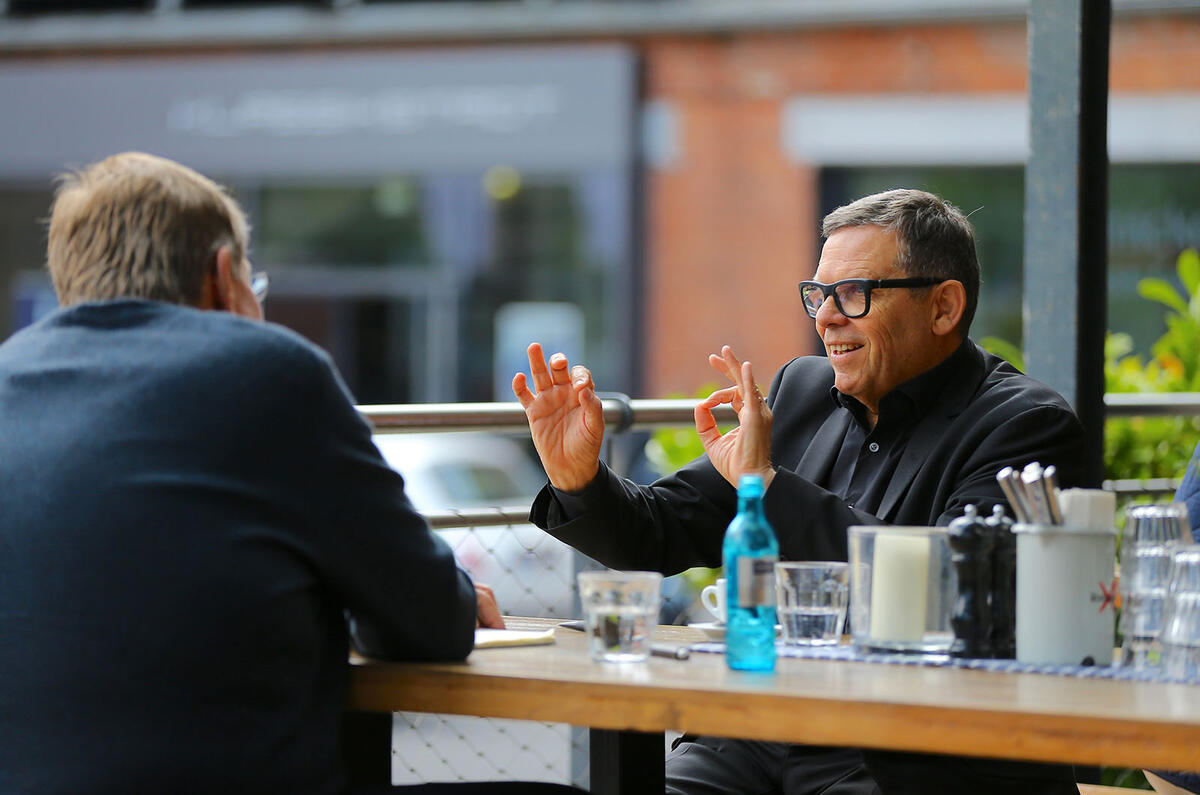
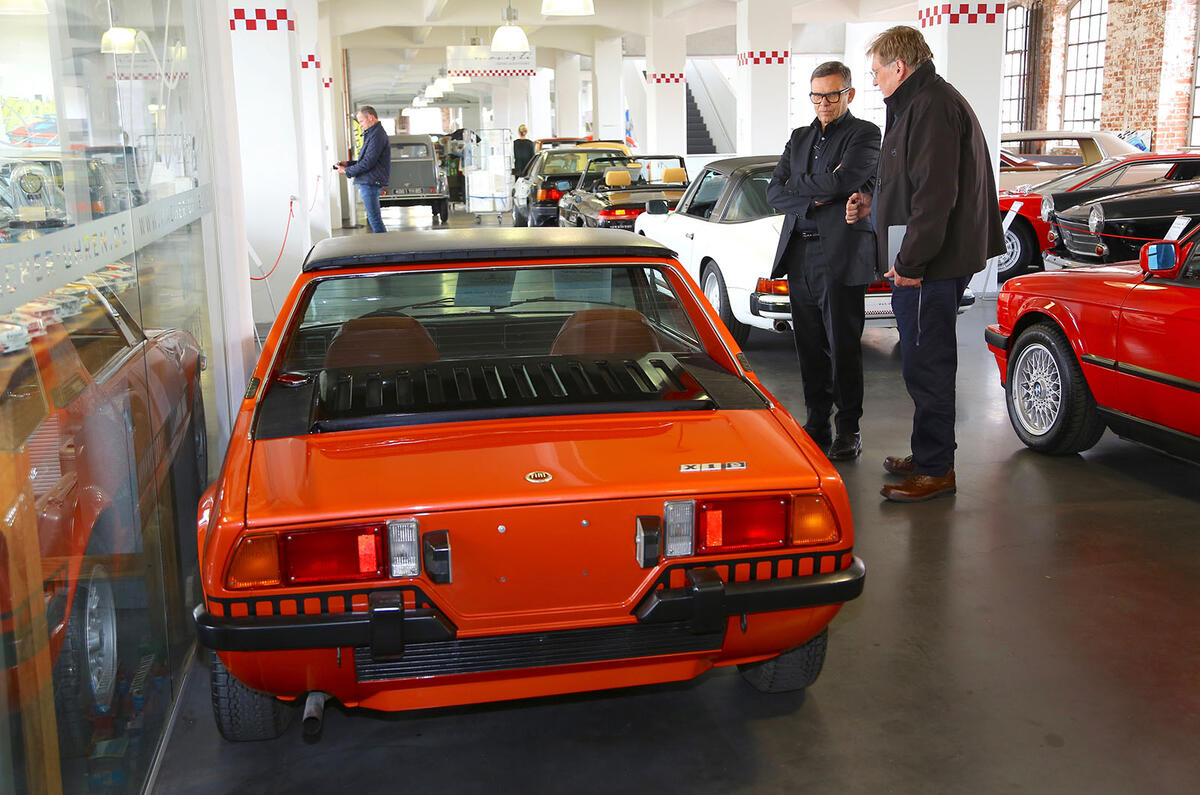
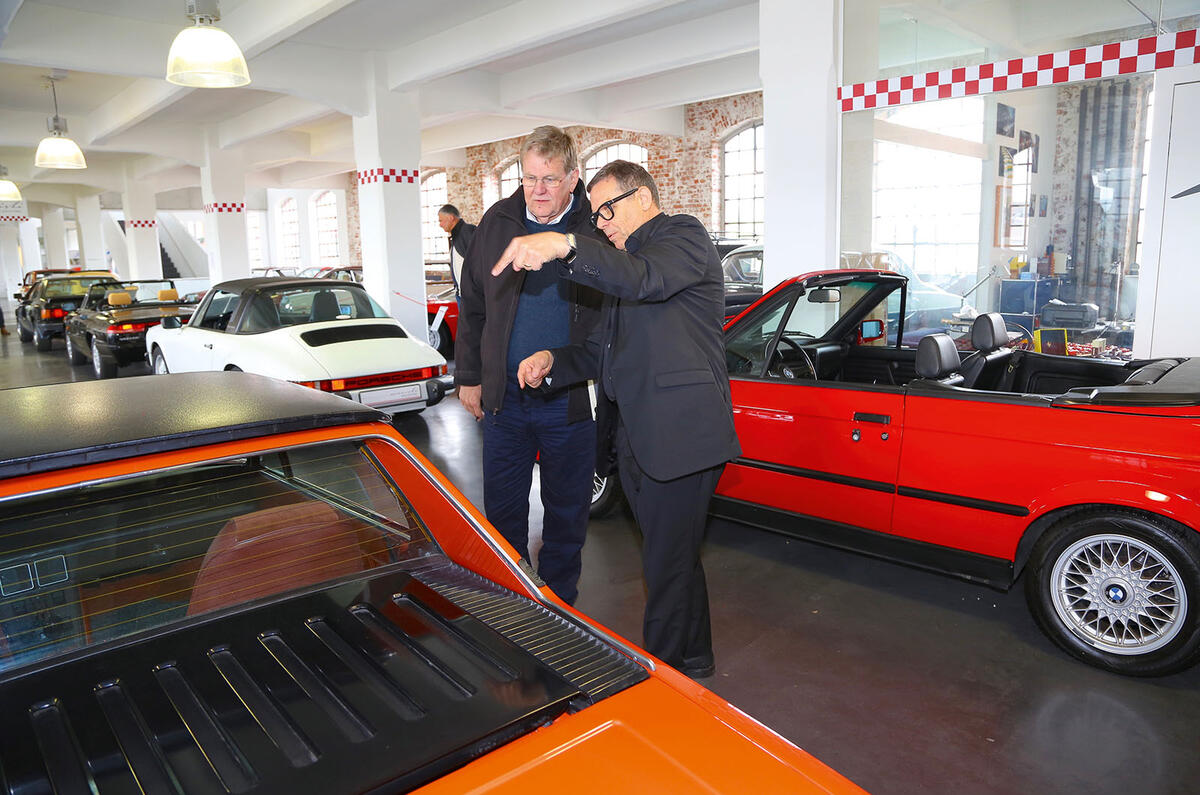
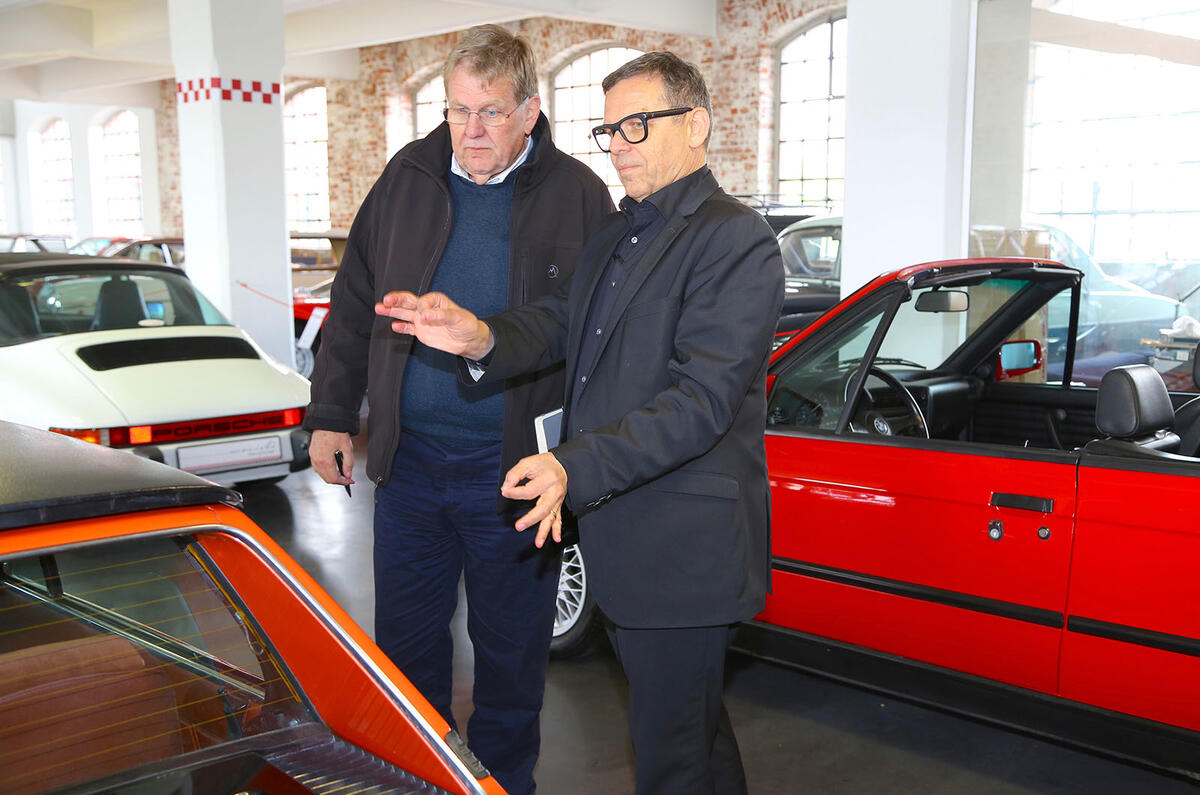
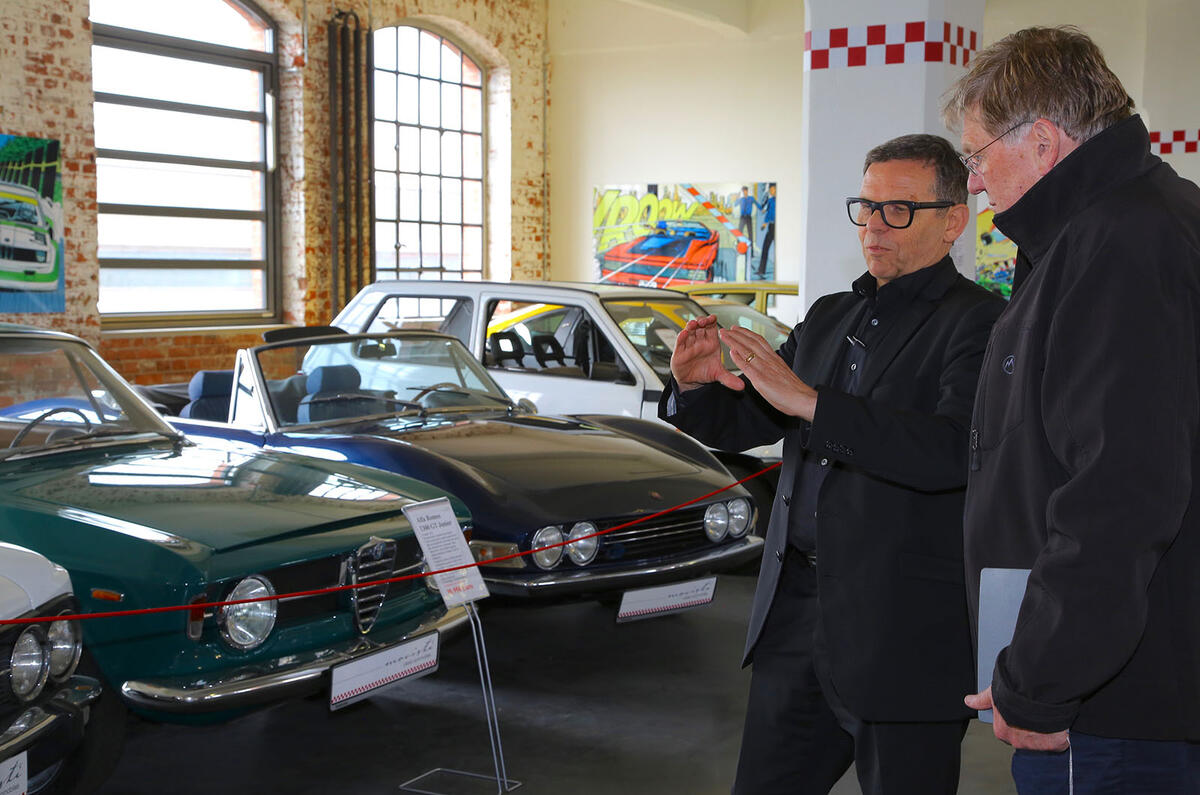
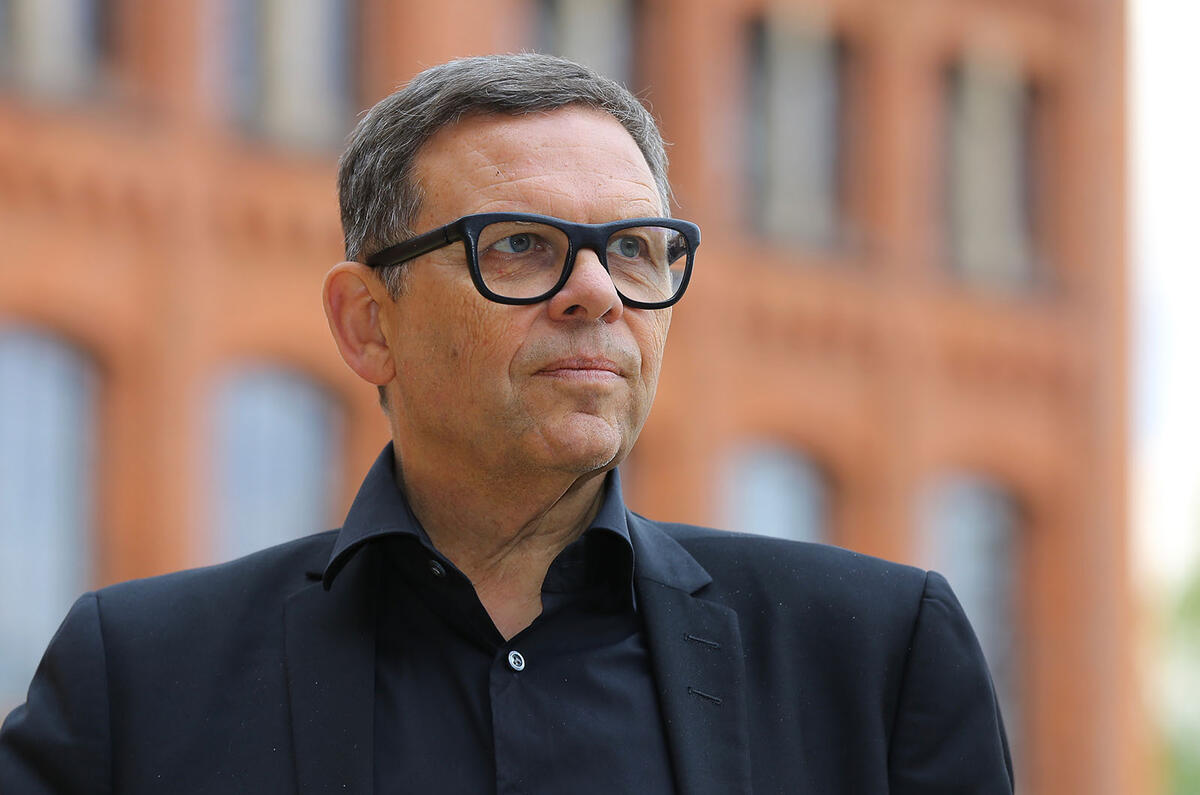
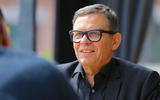

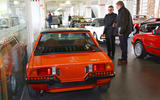

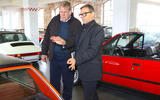
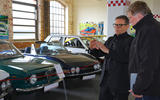









Add your comment